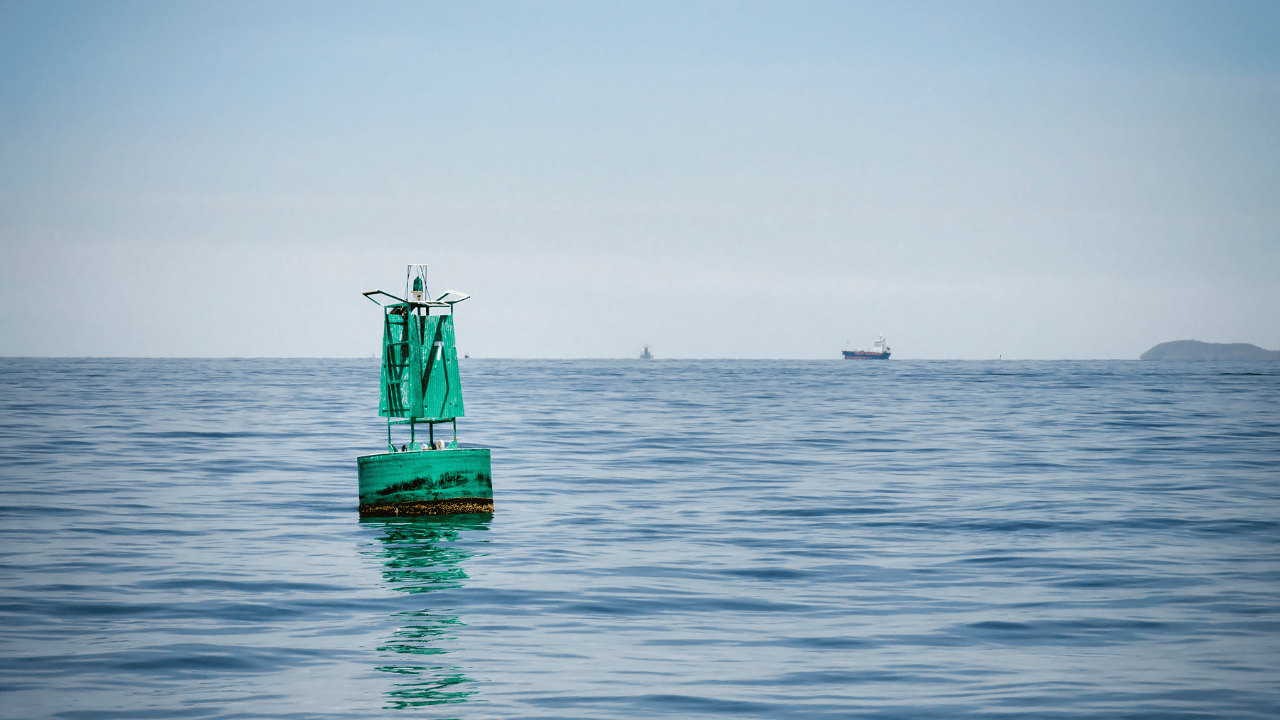Cruise ships are engineering marvels that seem to defy logic by floating effortlessly on water. These massive vessels offer luxury, entertainment, and travel to thousands of passengers at a time, but how do they stay afloat?
Understanding the science behind their buoyancy, the materials used, and the careful design work involved can be as fascinating as the cruise itself.
The Fascination of Cruise Ships
Cruise ships are like floating cities, equipped with everything from swimming pools and theatres to gourmet restaurants and shopping malls. For travel enthusiasts, the allure lies not just in the destinations but also in the experience of being on such a colossal, luxurious vessel.
For engineering students and maritime industry professionals, cruise ships represent the pinnacle of maritime engineering, demonstrating how complex principles are applied to create something that brings joy and adventure to countless travellers.
The Basics of Buoyancy

Buoyancy is the principle that allows objects to float on water. According to Archimedes’ principle, an object submerged in a fluid is buoyed up by a force equal to the weight of the fluid displaced by the object. In simpler terms, for a cruise ship to float, it must displace enough water to counteract its weight. This principle is crucial in understanding how these large vessels manage to stay afloat despite their immense size and weight.
Buoyancy is affected by several factors, including the shape of the ship, the materials used, and how weight is distributed throughout the vessel. A well-designed ship will displace a significant amount of water without sinking, maintaining a balance that keeps it stable on the surface.
It’s also worth noting that the density of the ship plays a significant role. The overall density of the cruise ship must be less than that of water, which is why these vessels are designed with large, hollow hulls that displace a substantial amount of water.
The Role of Ship Design
The design of a cruise ship is integral to its ability to float. A ship’s hull is typically wide and flat, allowing it to displace enough water to stay buoyant. The shape and size of the hull are carefully calculated to ensure that the ship can support its own weight as well as the weight of passengers, crew, and cargo.
Advanced computer modelling and simulations are used during the design process to predict how different shapes and sizes will perform in various conditions. This technology allows engineers to optimise the hull design for maximum buoyancy and stability.
Another crucial element of ship design is the placement of compartments and bulkheads within the hull. These structures add strength to the ship and help to control its buoyancy by trapping air and preventing water from flooding the entire vessel in case of a breach.
Materials and Construction
The materials used in constructing cruise ships are also vital to their buoyancy. Modern ships are built using lightweight, durable materials such as steel and aluminium alloys. These materials provide the necessary strength without adding excessive weight, allowing the ship to remain buoyant.
The construction process is equally important. Ships are built in sections that are carefully welded together to create a watertight structure. Any gaps or weaknesses in the construction could compromise the ship’s ability to float, so precision is paramount.
Additionally, the interior of the ship is designed with buoyancy in mind. Many areas are filled with lightweight materials or left hollow to reduce the overall weight and improve flotation.
The Impact of Weight Distribution
Proper weight distribution is crucial for maintaining a ship’s stability and preventing capsizing. Engineers use ballast tanks, which can be filled with water to adjust the ship’s balance. By shifting the ballast, the crew can ensure the ship remains level even if cargo or passengers are unevenly distributed.
Weight distribution also affects how the ship handles in rough seas. A well-balanced ship is less likely to tip or roll, providing a smoother, safer voyage for everyone on board. Advanced sensors and computer systems are used to monitor weight distribution in real-time, allowing for adjustments to be made quickly and efficiently.
Modern Innovations in Ship Floatation
Technological advancements have significantly improved the buoyancy and overall performance of modern cruise ships. Innovations such as stabilizer fins and advanced hull designs have made these vessels more stable and efficient.
Stabiliser fins, for example, are extendable fins located below the waterline that help to reduce the rolling motion of the ship. These fins can be adjusted based on the sea conditions, providing a smoother ride for passengers.
Another innovation is the use of computer-controlled ballast systems. These systems automatically adjust the ballast to maintain optimal weight distribution and stability, reducing the need for manual intervention by the crew.
Environmental Considerations
The weight and design of a cruise ship can have a significant impact on the environment. Heavier ships require more fuel to move, leading to increased emissions and a larger carbon footprint. Engineers are constantly working to create more efficient designs that reduce weight and improve fuel efficiency.
Efforts are also being made to minimise the environmental impact through the use of eco-friendly materials and technologies. For instance, many modern cruise ships are fitted with scrubbers that reduce sulphur emissions, and some are even transitioning to cleaner fuels such as liquefied natural gas (LNG).
Conclusion
The ability of cruise ships to float on water is a testament to the ingenuity and expertise of maritime engineers. By understanding the principles of buoyancy, the importance of ship design, and the role of modern technology, we can appreciate the incredible feats of engineering that make these floating cities possible.
For those interested in exploring this topic further, resources are available that offer in-depth insights into the world of maritime engineering. Whether you’re a travel enthusiast, an engineering student, or a professional in the maritime industry, there is always more to learn about these fascinating vessels.
Dive deeper into the world of cruise ships and discover the engineering marvels that keep them afloat.
Frequently Asked Questions
How do cruise ships avoid sinking?
Cruise ships avoid sinking through a combination of buoyant design, lightweight materials, and advanced technology. They are engineered to displace enough water to counteract their weight, and they have multiple compartments within the hull to prevent flooding. Additionally, modern ships are equipped with real-time monitoring systems that detect any issues and allow for immediate corrective actions.
How do you escape a sinking cruise ship?
In the unlikely event of a cruise ship sinking, the crew is trained to implement emergency procedures to ensure passenger safety. Lifeboats and life rafts are readily available, and safety drills are conducted regularly to prepare everyone on board. Passengers should follow the crew’s instructions, head to their designated muster stations, and stay calm to ensure a safe evacuation.
What would happen if a cruise ship flipped over?
If a cruise ship were to flip over, it would be a rare and catastrophic event. Modern ships are designed with stability in mind, making such incidents extremely unlikely. However, if it did occur, the ship’s internal compartments would help to keep it afloat long enough for rescue operations to be conducted. Passengers would be evacuated using lifeboats, and emergency services would respond to ensure their safety.



